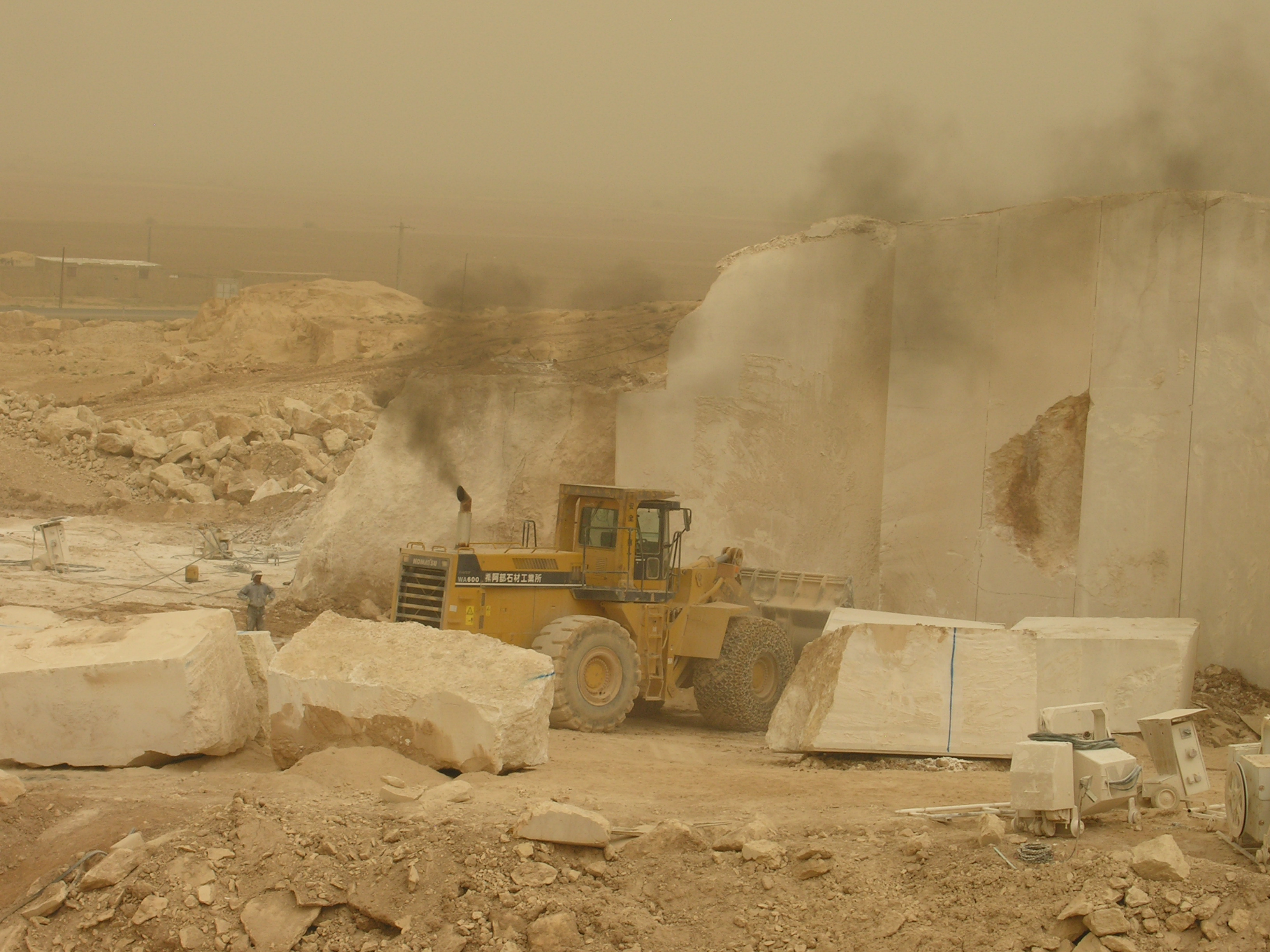travertine
Travertine (/ˈtrævərtiːn/ TRAV-ər-teen)[1] is a form of terrestrial limestone deposited around mineral springs, especially hot springs.
Travertine (/ˈtrævərtiːn/ TRAV-ər-teen)[1] is a form of terrestrial limestone deposited around mineral springs, especially hot springs. It often has a fibrous or concentric appearance
and exists in white, tan, cream-colored, and rusty varieties. It is formed
by a process of rapid precipitation of calcium carbonate, often at the mouth of a hot spring or in a
limestone cave. In the latter, it can form stalactites, stalagmites, and other speleothems. It is frequently used in Italy and elsewhere as
a building material. Similar
(but softer and extremely porous) deposits formed from ambient-temperature
water are known as tufa.
In Iran
Darrehbokhari travertine, Takab travertine, Abbasabad travertine, Atashkouh
travertine are the most well-knowns.


